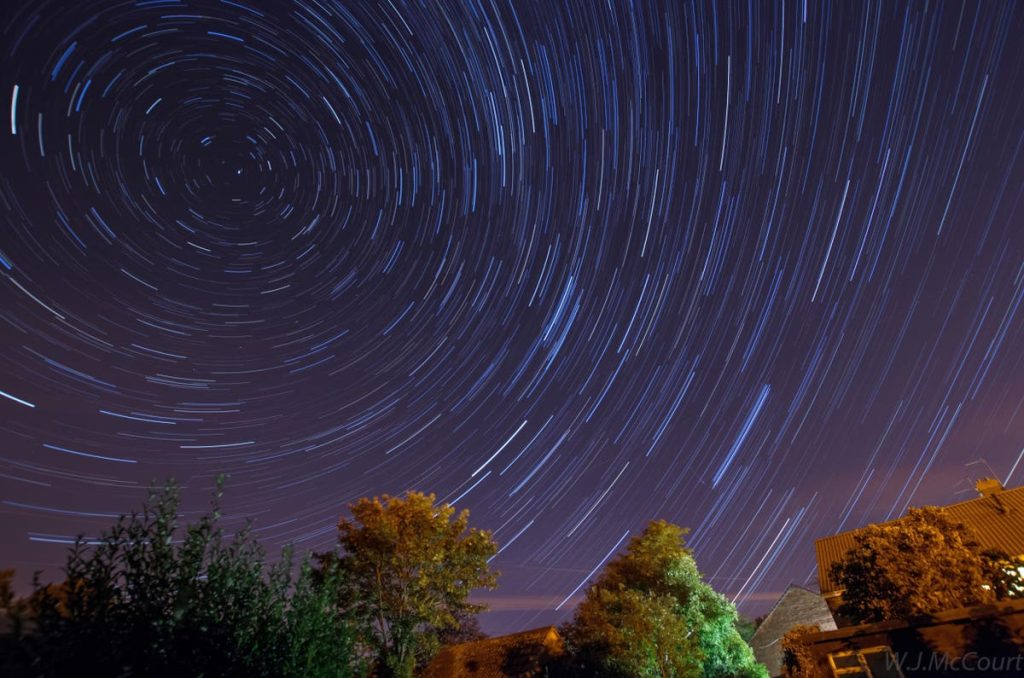The most famous annual meteor shower of all is currently underway and building towards a peak on August 12 – 13. In 2023, countless sky watchers will plan evenings around the Perseid meteor shower’s night sky display, but it wasn’t that long ago we thought such shooting stars were literally stars falling from the sky, among other archaic explanations.
The Perseids are just one of many such bursts of shooting star activity on the calendar. While astronomers didn’t really get around to paying much attention to meteors until the 19th century, humans have been noticing the phenomenon for millennia.
In fact, the Perseids have been known to Catholics as the “tears of Saint Lawrence” for centuries. The saint was said to have been burned alive on August 10 in 258 AD and legend holds that his tears are suspended in the sky until returning back to Earth each year on the anniversary of his being martyred.
Unsurprisingly, before the advent of modern science and astronomy, many peoples and cultures associated meteors with the Gods, often as signs of their impending wrath or some sort of omen.
Ancient Astronomy
Roman historians referred to “comet stars” in the sky in August, 30 BC as being related to the recent death of Cleopatra; it’s a fair guess that this vision was actually ancient Perseids.
Observers in Japan, Korea and China also documented the lights and trails in the sky many centuries ago, with one Chinese record seeming to note the Perseids in 36 AD.
While it may have been relatively recently in scientific history that we finally figured out exactly what we were seeing, the ancients knew they were seeing something of note in the sky.
“Though the myths and legends may make one think that ancient civilizations had little scientific understanding of what meteors, comets and asteroids could be, this couldn’t be farther from the truth,” Eve MacDonald, a lecturer in ancient history wrote for the Conversation in 2018.
Even if the ancient observers didn’t have the same understanding of exactly what materials and mechanics were creating the phenomenon at the time, they managed to collect rich data related to meteors.
What’s actually happening during the Perseids
is that Earth is making its annual trip through a cloud of debris left behind by the Comet Swift-Tuttle. Little motes, pebbles and other small chunks of the regular cosmic visitor collide with our upper atmosphere, burn up and create a show in the process.
Solving The Celestial Mystery
By the time scientists were becoming confident in this explanation in the 1800s, they began to dismiss other notions of the day that were at least a bit more empirical than the legends of the past.
At the time, meteors were attributed to something like lightning or some sort of nocturnal rainbow, or perhaps pieces of a volcanic eruption falling back to Earth. Not bad guesses.
Then an American skywatcher named Edward Claudius Herrick hit on an idea and published it in an article in Silliman’s American Journal of Science and Arts in 1838.
“It is not impossible,” Herrick wrote, “that these meteoric showers are derived from nebulous or cometary bodies which, at stated times, the earth falls in.”
Bingo. No more tears of the saints of signs from the Gods.
But the comet that gave us the Perseids remains the stuff of legend: it makes the list of space rocks worth watching closely, because it could spell our extinction if it ever collides with Earth.
Read the full article here






